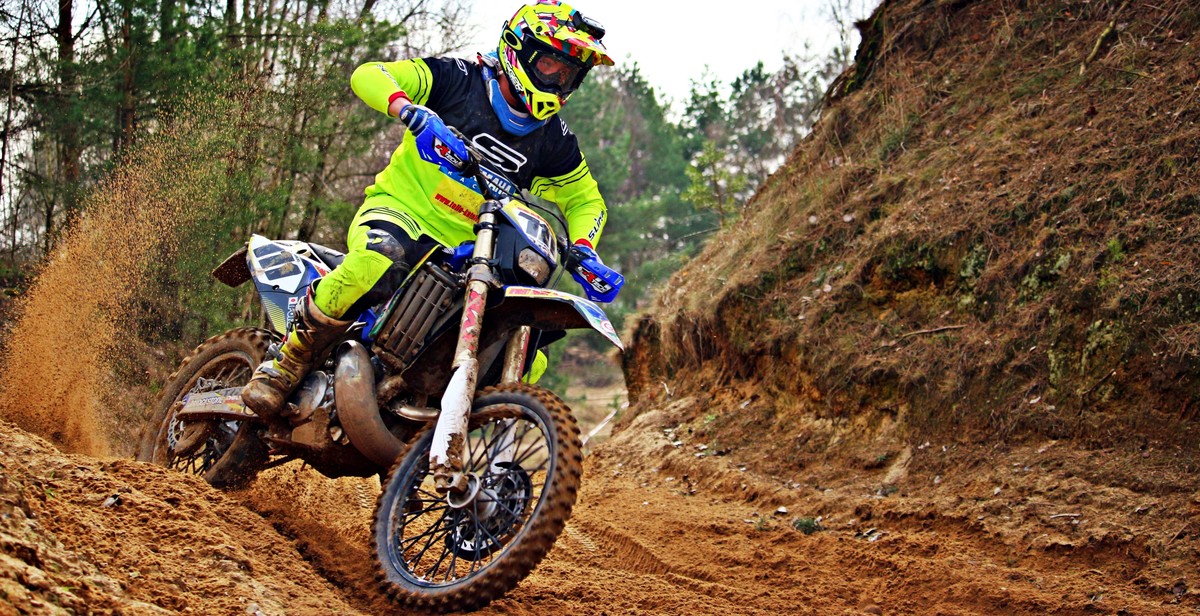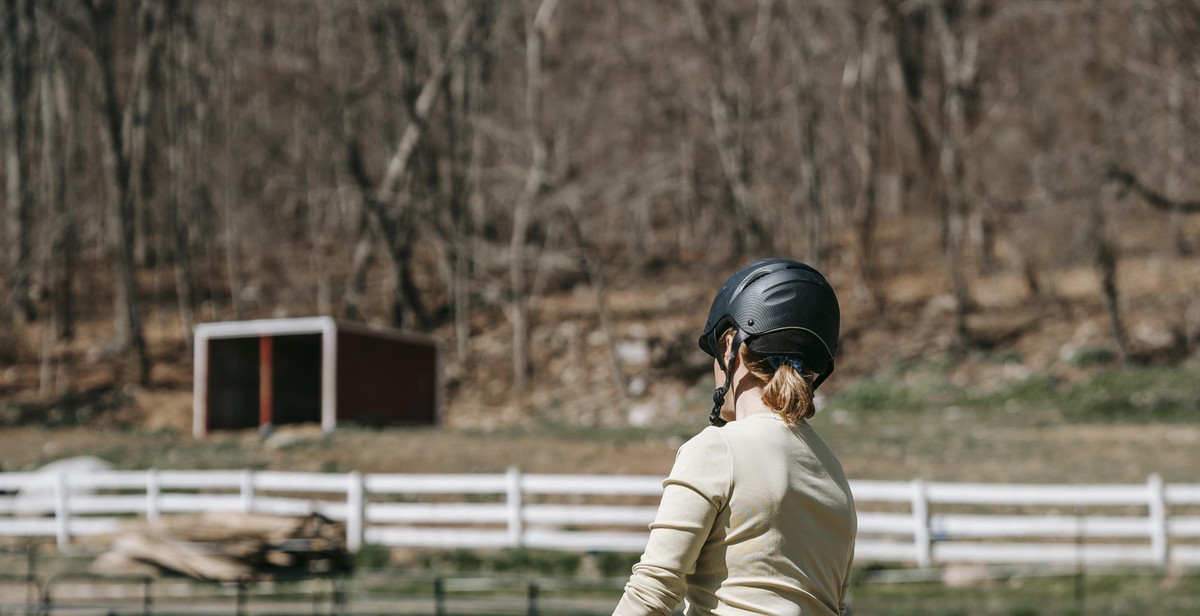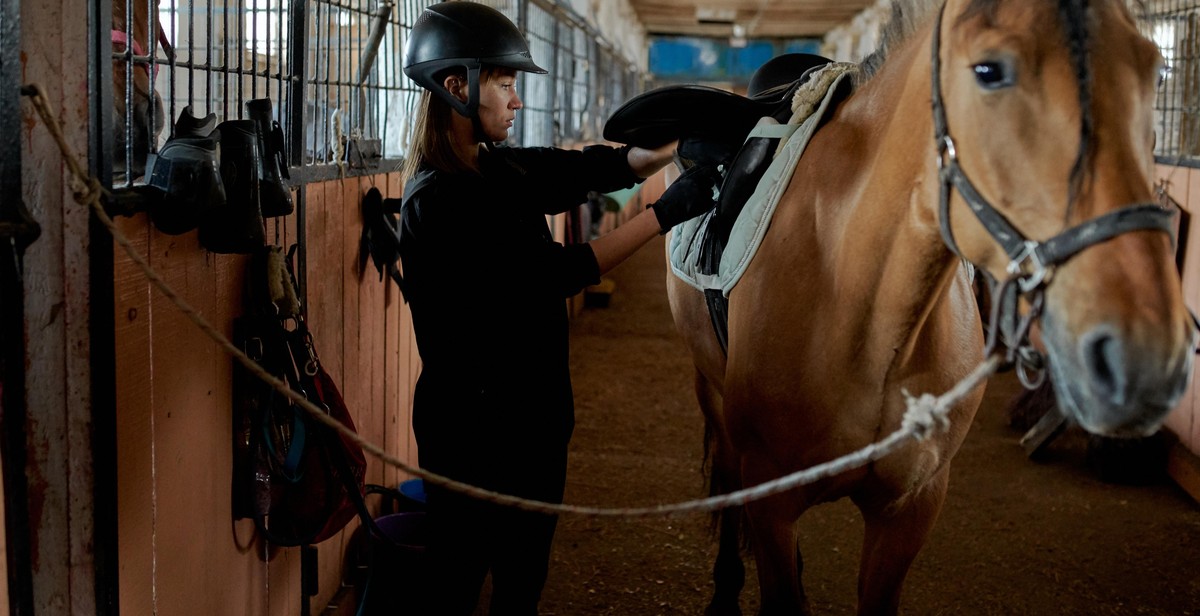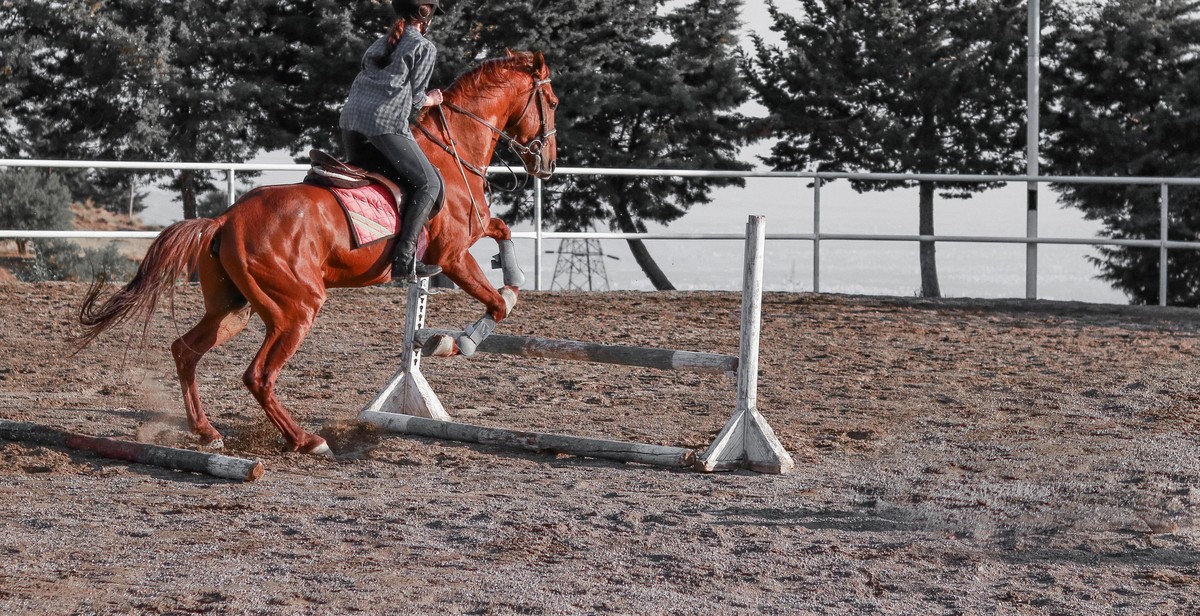How to Train a Barrel Racing Horse: Techniques for Speed and Agility in Barrel Racing
Barrel racing is an exciting and competitive equestrian sport that demands speed, agility, and precision from both the horse and rider. The sport involves racing against the clock around a cloverleaf pattern of barrels, and the fastest time wins.
Training a horse for barrel racing requires patience, consistency, and a solid understanding of the horse’s body language and behavior. As a professional and experienced horse trainer, I have trained numerous horses for barrel racing and have seen firsthand the techniques that work best.
Understanding the Basics of Barrel Racing
Before starting the training process, it is crucial to understand the basics of barrel racing. The sport involves three barrels set up in a cloverleaf pattern, and the horse and rider must complete the pattern in the fastest time possible without knocking over any barrels.
The Importance of Conditioning
Conditioning is a crucial aspect of barrel racing as it helps the horse build the strength and endurance needed for the sport. A well-conditioned horse can perform at its best and reduce the risk of injuries.
Training Techniques for Barrel Racing
There are various training techniques that horse trainers use to train horses for barrel racing. These include ground exercises, desensitization, and pattern work. I will discuss these techniques in detail in the upcoming sections.

Understanding Barrel Racing
Barrel racing is a rodeo event that involves a horse and rider racing against the clock to complete a cloverleaf pattern around three barrels. The rider’s goal is to complete the pattern as fast as possible without knocking over any barrels. This event requires a combination of speed, agility, and precision from both the horse and rider.
The Rules of Barrel Racing
Barrel racing has a set of rules that must be followed in order to compete. These rules include:
- The rider must start the race behind a predetermined starting line and cannot cross it until the timer starts.
- The rider must complete the cloverleaf pattern around the three barrels in a specific order: first, second, and third.
- If a barrel is knocked over, the rider receives a five-second penalty added to their final time.
- The rider must cross the finish line after completing the pattern to stop the timer.
- The fastest time wins the event.
It’s important for riders to understand the rules of barrel racing and practice proper technique to avoid penalties and improve their speed.
| Barrel | Distance from Starting Line |
|---|---|
| First | Approximately 60 feet |
| Second | Approximately 105 feet |
| Third | Approximately 60 feet |
Each barrel is set up at a specific distance from the starting line, as shown in the table above. Riders must navigate their horse around each barrel in a tight turn, keeping in mind the distance and angle of approach.
Understanding the rules and layout of the barrel racing pattern is crucial for success in this event. With practice and proper technique, both horse and rider can improve their speed and agility to become top competitors in barrel racing.

Preparing Your Horse for Training
Before starting any training program, it is important to ensure your horse is physically and mentally prepared. A fit and healthy horse will be better equipped to handle the physical demands of barrel racing, while a horse with a calm and focused mindset will be more receptive to learning new skills.
Physical Preparation
Barrel racing requires speed, agility, and quick reflexes, so it is essential that your horse is in good physical condition. Here are some key areas to focus on when preparing your horse for training:
- Strength and Endurance: Barrel racing is a high-intensity sport that requires a lot of energy. To build your horse’s strength and endurance, incorporate regular exercise and conditioning into their routine. This can include long rides, hill work, and interval training.
- Flexibility and Mobility: In order to maneuver around barrels quickly, your horse needs to be flexible and agile. Stretching exercises and regular massages can help improve your horse’s range of motion and prevent injuries.
- Nutrition: A well-balanced diet is essential for keeping your horse healthy and energetic. Make sure your horse is getting enough protein, vitamins, and minerals to support their physical activity.
Mental Preparation
Training a barrel racing horse also requires mental preparation. A horse that is anxious or distracted will struggle to focus on the task at hand. Here are some tips for getting your horse in the right mindset:
- Consistency: Horses thrive on routine and consistency. Establish a regular training schedule and stick to it as much as possible.
- Positive Reinforcement: Reward your horse for good behavior and progress. This can be as simple as a pat on the neck or a treat.
- Relaxation: Before starting any training session, take the time to help your horse relax and calm down. This can include grooming, massage, or simply spending some quiet time together.
| Physical Preparation | Mental Preparation |
|---|---|
| Strength and Endurance | Consistency |
| Flexibility and Mobility | Positive Reinforcement |
| Nutrition | Relaxation |

Training Techniques for Barrel Racing
Barrel racing is a thrilling and exciting sport that requires a horse to have speed, agility, and precision. To train a barrel racing horse, you need to focus on four key techniques: pattern work, pole bending drills, speed work, and cavaletti work. Here is a breakdown of each technique:
Pattern Work
Pattern work is the foundation of barrel racing training. It involves practicing the pattern of the racecourse over and over again until the horse can perform it flawlessly. The pattern consists of running around three barrels in a cloverleaf pattern. The horse needs to make tight turns without knocking over the barrels. To train a horse for pattern work, start by walking the pattern, then trotting it, and eventually running it at full speed.
Pole Bending Drills
Pole bending drills help to improve a horse’s agility and balance. The drill involves running through a series of six poles set up in a straight line. The horse needs to weave in and out of the poles without knocking them over. To train a horse for pole bending, start by walking the poles, then trotting through them, and eventually running through them at full speed.
Speed Work
Speed work involves running the horse at full speed to improve its speed and endurance. To train a horse for speed work, start by running short sprints and gradually increase the distance over time. It’s important to give the horse enough rest between sprints to avoid overworking it.
Cavaletti Work
Cavaletti work involves jumping over a series of raised poles to improve a horse’s balance and coordination. The poles are set up in a straight line or in a grid pattern. To train a horse for cavaletti work, start by walking over the poles, then trotting over them, and eventually jumping over them at a canter.
| Day | Training Technique |
|---|---|
| Monday | Pattern Work |
| Tuesday | Pole Bending Drills |
| Wednesday | Speed Work |
| Thursday | Cavaletti Work |
| Friday | Pattern Work |
| Saturday | Pole Bending Drills |
| Sunday | Rest Day |

Developing a Training Plan
Training a barrel racing horse requires a comprehensive training plan. It is important to set realistic goals, create a schedule, and track progress to ensure success in this sport.
Setting Goals
The first step in developing a training plan is setting achievable goals. Goals should be specific, measurable, attainable, relevant, and time-bound. For instance, a goal could be to improve the horse’s speed and agility by reducing its time by 2 seconds in the next 3 months. By setting goals, you can create a clear path towards achieving success in barrel racing.
Creating a Schedule
After setting goals, the next step is creating a schedule. A training schedule should be realistic and tailored to the horse’s needs. It should include a warm-up routine, specific exercises to improve the horse’s agility and speed, and cool-down activities. Factors such as the horse’s age, level of fitness, and experience should be considered when creating a schedule. It is important to gradually increase the intensity and duration of training to avoid overworking the horse and causing injuries.
Tracking Progress
Tracking progress is essential in ensuring that the horse is making progress towards achieving its goals. Regularly measuring the horse’s speed and agility and keeping a record of its progress can help identify areas that require improvement. This information can be used to adjust the training plan accordingly and ensure that the horse is on track to achieve its goals.
| Goal | Schedule | Progress |
|---|---|---|
| Improve speed and agility | Train 4 days a week for 1 hour per session for the next 3 months | Reduced time by 1.5 seconds in the first month |
| Increase endurance | Train 3 days a week for 45 minutes per session for the next 2 months | Increased distance covered by 100m in the first month |
In conclusion, developing a training plan for barrel racing requires setting realistic goals, creating a tailored schedule, and tracking progress. By following these steps, you can ensure that your horse is on the path towards success in this sport.

Conclusion
Training a barrel racing horse is a challenging but rewarding experience. With the right techniques and consistent practice, you can develop your horse’s speed and agility and achieve success in the arena.
Remember to:
- Start with basic groundwork to establish trust and respect with your horse
- Gradually introduce the barrel pattern and increase speed as your horse becomes more confident
- Focus on balance, control, and body positioning to maximize your horse’s performance
- Use positive reinforcement and patience to build a strong partnership with your horse
Additionally, it’s important to:
- Provide proper nutrition and exercise to keep your horse in top physical condition
- Regularly check for any injuries or soreness and address them promptly
- Stay up-to-date on the latest training techniques and seek guidance from experienced professionals when needed
Remember, every horse is unique and may require different training methods. Take the time to understand your horse’s personality and learning style, and adjust your training plan accordingly. With dedication and hard work, you and your horse can become a winning team in the exciting world of barrel racing.
